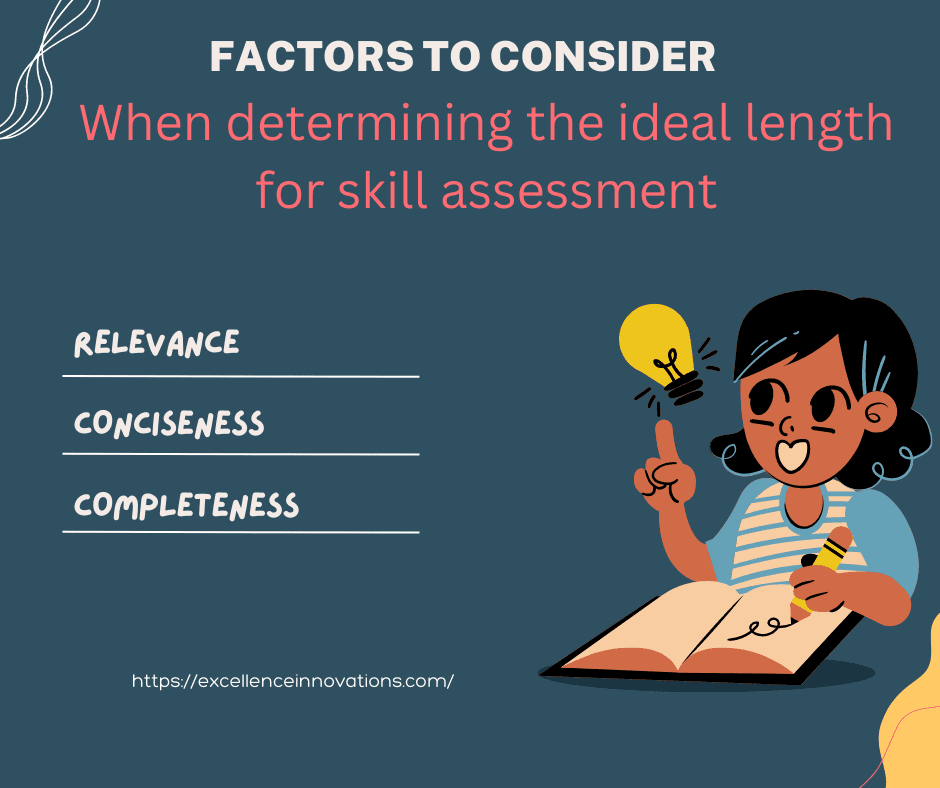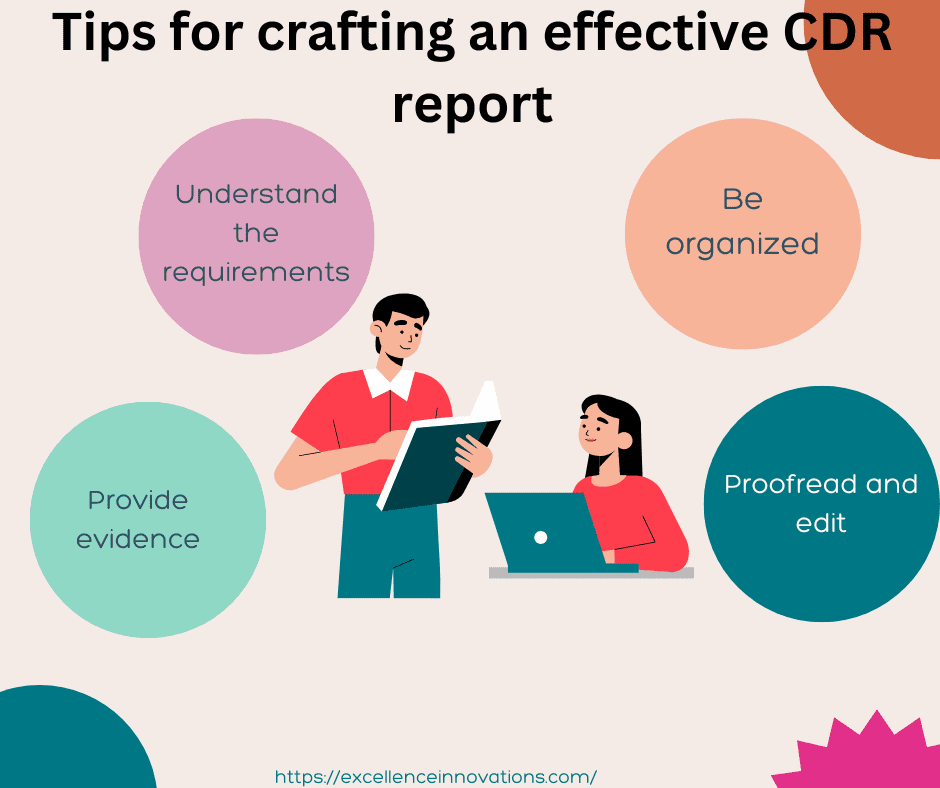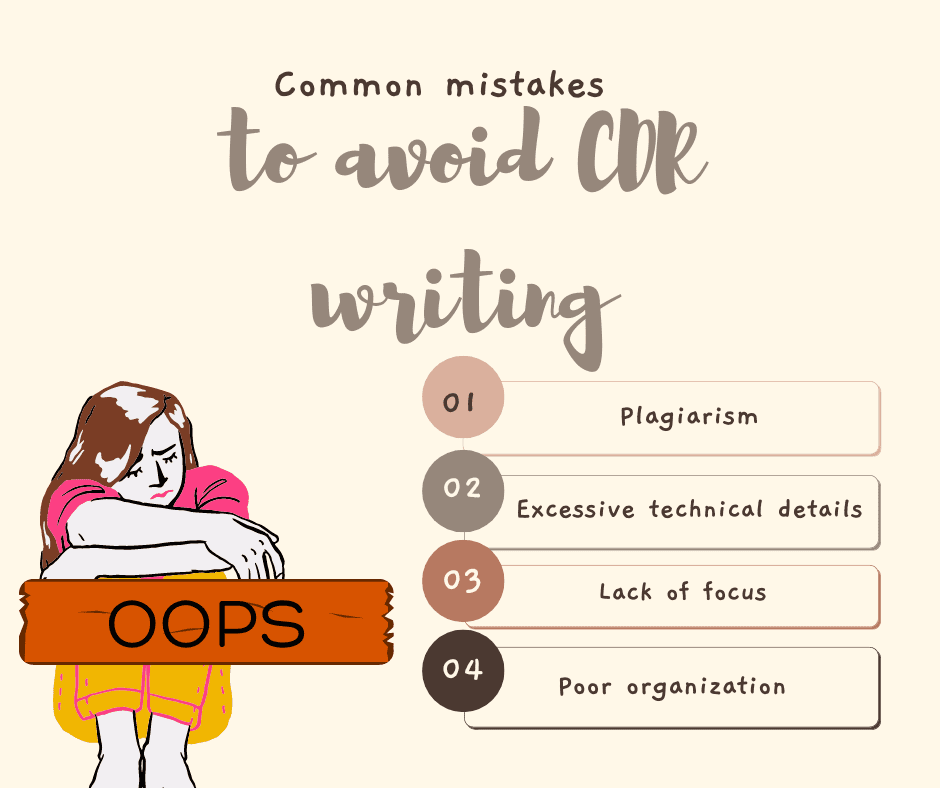Last updated on March 25th, 2024 at 07:52 am
Table of Contents
ToggleCrafting an Effective CDR Report: What's the Ideal Length for Skill Assessment?

As an engineer seeking to migrate to Australia, writing a Competency Demonstration Report (CDR) is an essential step in the skilled migration process. The CDR report serves as a key document for Engineers Australia (EA) to assess your engineering qualifications and skills. It provides a comprehensive overview of your engineering education, work experience, and competencies. In this article, we will delve into the intricacies of crafting an effective CDR report and explore the ideal length for skill assessment.
Purpose and importance of CDR reports
The primary purpose of a CDR report is to demonstrate your engineering skills and competencies to EA. It allows you to showcase your ability to meet the required standards of the occupation you are applying for. A well-written CDR report is crucial for getting a positive skill assessment outcome, which is a prerequisite for skilled migration to Australia.
CDR reports play a vital role in validating your engineering qualifications obtained from non-Australian institutions. They provide evidence of your educational background, work experience, and professional development activities. A successful CDR report helps EA assessors determine if you meet the competency requirements of the occupation you are applying for.
Overview of the skill assessment process
The skill assessment process for engineers in Australia involves submitting a CDR report along with supporting documents. The report should be written in a specific format outlined by EA. It consists of three main sections: the Continuing Professional Development (CPD) statement, the Career Episodes (CEs), and the Summary Statement (SS).
The CPD statement details your professional development activities and demonstrates your commitment to continuous learning in the engineering field. It should include a list of courses, workshops, conferences, and other activities related to your engineering discipline.
The Career Episodes are the heart of the CDR report. They provide a detailed account of your engineering projects and experiences. Each Career Episode should focus on a specific period or aspect of your engineering career. It should highlight your role, responsibilities, and achievements in each project, demonstrating your engineering competencies.
The Summary Statement links your engineering competencies to the relevant paragraphs in the Career Episodes. It cross-references the elements of the Engineers Australia Handbook with the evidence provided in your Career Episodes.
Understanding the criteria for skill assessment in CDR reports
To assess your engineering skills, EA (Engineer Australia) follows a set of criteria outlined in the Engineers Australia Handbook. These criteria are based on the Washington Accord, which ensures the mutual recognition of engineering qualifications among participating countries. The criteria include knowledge and skills in areas such as engineering application ability, engineering design ability, and professional and personal attributes.
When writing your CDR report, it is crucial to address these criteria and provide clear and concise evidence of your skills and competencies. Each Career Episode should focus on specific elements of the criteria and provide examples that demonstrate your proficiency.
Factors to consider when determining the ideal length for skill assessment
The ideal length for skill assessment in a CDR report depends on various factors. It is essential to strike a balance between providing sufficient evidence and avoiding unnecessary repetition or verbosity. Consider the following factors when determining the length of your skill assessment section:

Relevance: Include information that is directly relevant to the criteria and the engineering occupation you are applying for. Avoid including unrelated or extraneous details that do not contribute to your skill assessment.
Conciseness: Be concise and to the point. Use clear and concise language to describe your engineering projects and experiences. Avoid unnecessary jargon or technical terms that may confuse the assessors.
Completeness: Provide sufficient evidence to demonstrate your skills and competencies. Include specific examples, calculations, designs, or technical drawings to support your claims. However, avoid including excessive details or lengthy descriptions that may distract from the main point.
Recommended length for skill assessment in CDR reports
While there is no strict word limit for the skill assessment section in a CDR report, it is generally recommended to keep it between 1,000 to 2,000 words. This range allows you to provide comprehensive evidence without overwhelming the assessors with excessive information.
Within this word limit, aim to allocate approximately 500 to 600 words for each Career Episode. This allocation ensures that you have sufficient space to describe your projects, roles, responsibilities, and achievements in detail while maintaining a balanced and coherent report.
Remember, quality is more important than quantity. Focus on providing clear and concise evidence that demonstrates your engineering skills and competencies. Avoid unnecessary repetition or fluff, and prioritize the relevance and completeness of your content.
Tips for crafting an effective CDR report
Crafting an effective CDR report requires careful planning and attention to detail. Here are some tips to help you create a compelling and well-structured report:

Understand the requirements:
Familiarize yourself with the Engineers Australia Handbook and the specific requirements for the engineering occupation you are applying for. Ensure that you address all the criteria and provide relevant evidence in your report.
Be organized:
Structure your report in a logical and coherent manner. Use clear headings and subheadings to guide the assessors through your report. Ensure that your report flows smoothly and is easy to navigate.
Provide evidence:
Back up your claims with clear and concise evidence. Include relevant documents, such as project reports, technical drawings, or calculations, to support your statements. Ensure that your evidence is authentic and verifiable.
Proofread and edit:
Take the time to proofread and edit your report carefully. Check for grammar and spelling errors, and ensure that your sentences are clear and well-constructed. Pay attention to the formatting and presentation of your report.
Common mistakes to avoid in CDR writing
When writing your CDR report, it is essential to avoid common mistakes that can hinder your skill assessment. Here are some pitfalls to watch out for:

Plagiarism: Plagiarism is a serious offense and can lead to rejection of your CDR report. Ensure that all the content in your report is original and properly referenced. Use your own words and cite any external sources correctly.
Excessive technical details: While technical details are important, avoid overwhelming the assessors with excessive jargon or technical terminology. Use clear and concise language to describe your projects and focus on the key engineering aspects.
Lack of focus: Stay focused on the criteria and the engineering occupation you are applying for. Avoid including irrelevant information or going off on tangents. Keep your report concise and relevant to ensure a strong skill assessment outcome.
Poor organization: A poorly organized report can make it difficult for assessors to navigate and assess your skills. Use clear headings and subheadings to structure your report. Ensure that your report flows logically and is easy to follow.
Conclusion and final thoughts
Crafting an effective CDR report is a crucial step in the skilled migration process for engineers. The ideal length for skill assessment in a CDR report depends on various factors, including relevance, conciseness, and completeness. Aim to strike a balance between providing sufficient evidence and avoiding unnecessary repetition or verbosity.
By following the tips and recommendations outlined in this article, you can create a compelling and well-structured CDR report. Remember to avoid common mistakes, provide clear evidence of your engineering skills and competencies, and organize your report in a logical and concise manner. With a well-crafted CDR report, you can increase your chances of a positive skill assessment outcome and successfully migrate to Australia.

Born with a relentless thirst for knowledge, I ventured into academia, mastering the art of PHD thesis and dissertation writing. Fuelled by curiosity, I embraced digital marketing, deciphering its nuances to become an expert in SEO, content strategies, and social media management. Alongside, I delved into the intricacies of nursing assignments, leveraging my multidisciplinary insights to assist students. Each endeavor shaped my journey, blending scholarly pursuits with practical applications.
